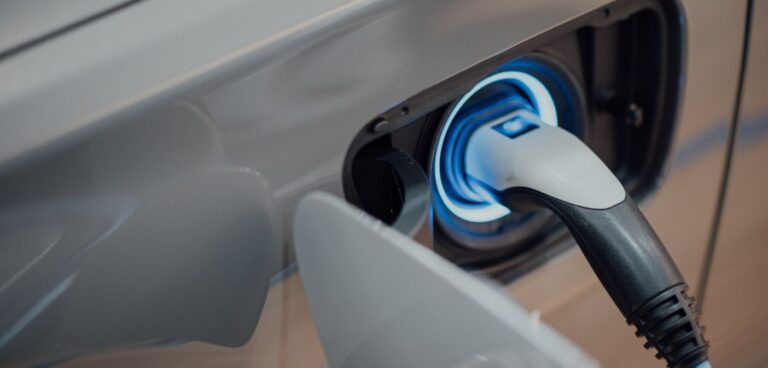The EU has agreed to change the system for monitoring the CO2 emissions of plug-in hybrid electric vehicles (PHEVs) to avoid misleading environmental targets.
Regulations currently suggest that PHEVs are driven in electric mode far more often than is actually true, according to environmental group Transport and Environment (T&E).
From 2025, the EU plans to limit the number of utility factors, which form the share of electric driving that regulators use for counting PHEV emissions.
From 2027 onward, the utility factors of plug-in hybrids will line up with real-word driving behaviour.
Anna Krajinska, emissions engineer at T&E, said: “For years, the emissions of plug-in hybrids were based on unrealistic driving conditions.
“The new rules reflect the reality that PHEVs pollute far more than carmakers claim.
“Governments that still incentivise the purchase of these fake electric vehicles need to stop those harmful subsidies now.
“Carmakers will no longer be able to sell high volumes of PHEVs for the sole purpose of weakening their climate targets.
“If they want to avoid EU fines, they will have to sell genuinely green cars that help reduce our oil consumption.”
Recent data suggests that privately-owned PHEVs emit three times more CO2 than the amount reflected in official records.
Currently, EU law offers car manufacturers a bonus for every zero- or low-emission vehicle they sell, prompting them to produce more plug-in hybrids to lessen their emissions targets.
The EU also decided to review its new utility factors in 2024 based on data gathered from on-board fuel consumption metres, which should offer a more realistic picture of the number of electric miles driven.





